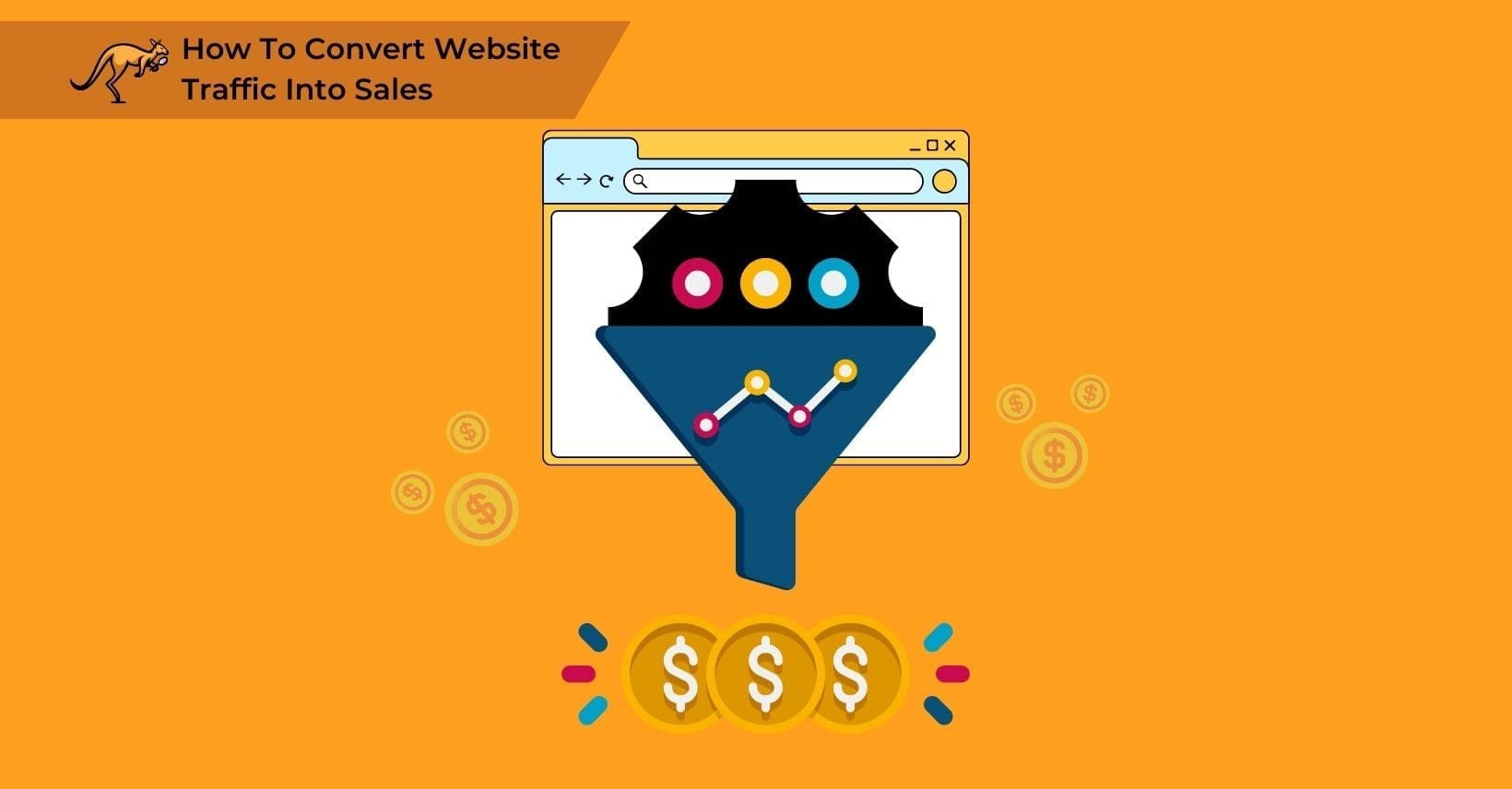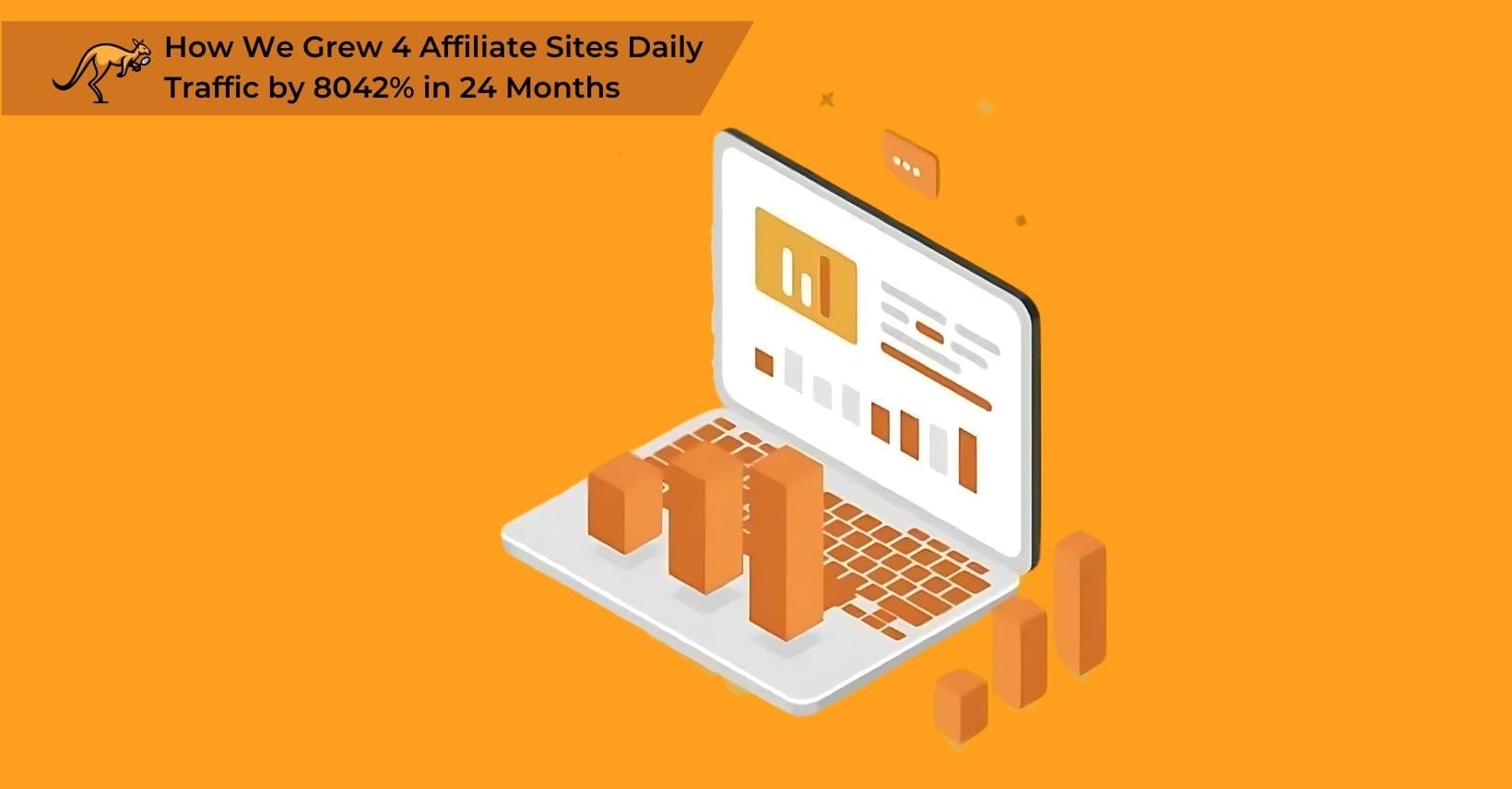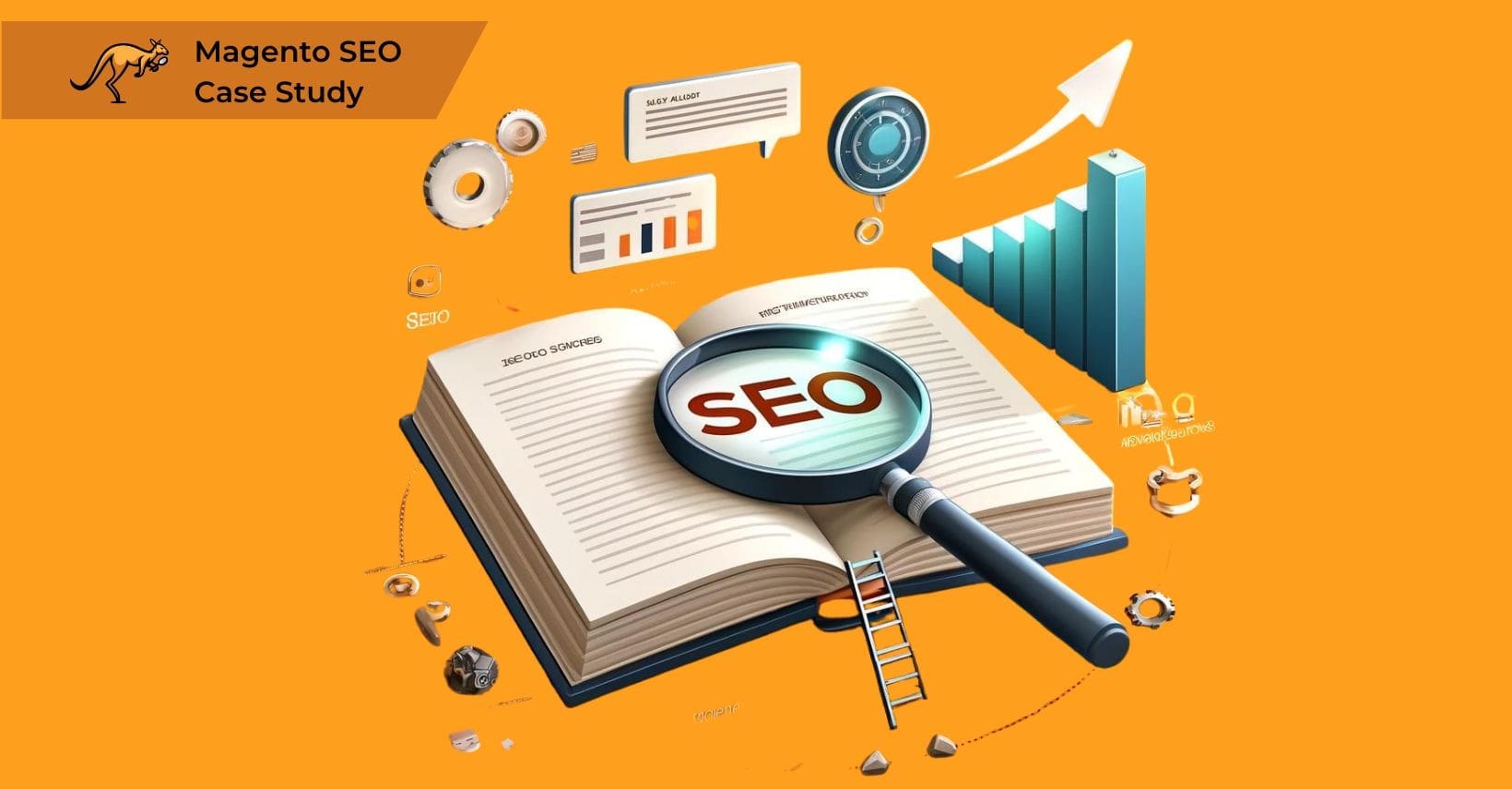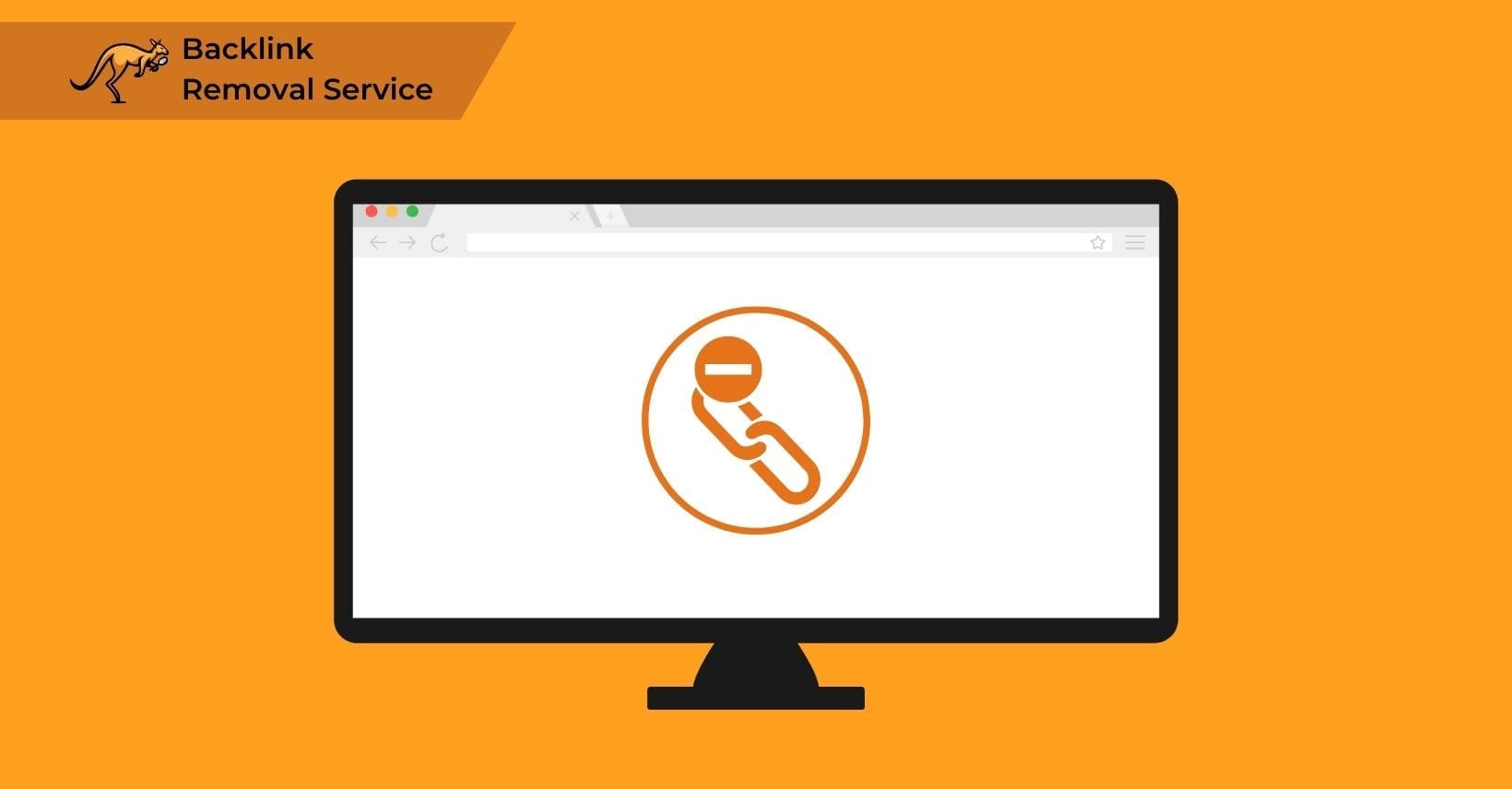If you have an online sales business, you will be aware of the need to ensure that the number of people viewing and accessing your website increases your sales.
Increasing website traffic is ineffective if visitors only browse products and leave without making a purchase. Converting website traffic into sales requires strategic optimization of your website design, content, and user experience that guides visitors through a seamless purchasing journey. Here’s a detailed guide to increasing conversions.
How to Convert Website Traffic into Sales? A Detailed Guide to Increase Conversions
If you are a new business owner or are thinking about beginning an online store, it can be helpful to learn about converting traffic into sales before opening your store online. Below, we will give you information about why it is important to convert traffic into sales.
Optimising various aspects of your website and online store can significantly boost sales. Effective strategies for converting traffic into sales include simplifying website navigation, displaying customer testimonials, targeting the right audience, and implementing strategic call-to-action buttons. We know this can be overwhelming, so we’ve broken down the process to help you convert traffic into sales.. Here are five reasons why you are getting website traffic but no conversions.
5 Reasons Why You Are Getting Website Traffic but No Conversions
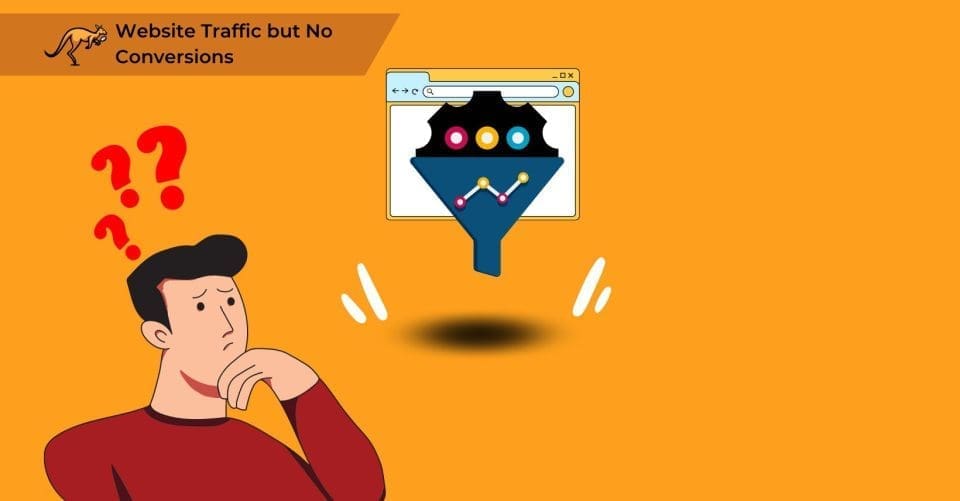
Website traffic without conversions often stems from attracting the wrong audience, having a complicated website design, maintaining a weak sales funnel, or requiring too much time for customers to find products. These factors create friction in the customer journey that prevents visitors from completing purchases..
We will explore the five most common reasons you need to get conversions and ways to improve your purchase figures.
Length of Time to Find Products
One of the most common reasons you are not converting visitors into sales is the time it takes to find products on your eCommerce site.
Potential customers who have yet to visit your website will browse if they feel that they are within your target audience or if they appreciate the marketing efforts of your landing pages.
However, suppose a potential customer arrives at your website, either because they are looking for a detailed product or because an internet search or advert has directed them to your site. Then they can not find what they need. In that case, this will negatively impact your purchase figures.
If a website visitor arrives because they have seen a exact product advertised on a social media page, but the advert links only to the landing page, and the customer needs help finding the product that attracted them to your eCommerce site, they will most likely leave without finding something to buy.
Too Many Popups
If you have too many pop-up pop-ups as soon as potential customers arrive at your landing page, you could put many of them off shopping with you. Too many pop-up verts on your landing pages can annoy and overwhelm website visitors.
Many landing pages have an initial popup discount code if the customer enters their email address. Although this can be an excellent way of generating leads, it only sometimes ensures user engagement. Many customers who see this pop-up pop-up close it or navigate away from the website.
We recommend using an alternative method to capture this information, allowing potential customers to browse your website and see your offer first.
PopupsPop-upsell converts traffic into sales if used correctly, so it is best to research this before applying or removing popups from your online store.
You Are Attracting the Wrong Traffic
If you notice a high traffic volume but not the corresponding high sales volume, it could be that you need to attract the right type of traffic to your website. You can identify this in multiple ways; we have outlined some below;
- Review your analytics to see where customers are accessing your website. If you find that the links are from social media pages or internet searches not linked to your business, it is unlikely that the customer is your intended audience.
- Continue using analytics to see how customers engage with your website when they are there. Use this information to see how long customers are spending viewing your products and services; check if they are interacting with your call-to-action alerts. If customers are staying on your website for a short time or not interacting, you may need to look at the content of your website.
- Analyse your conversion rate if you are getting website traffic but have yet to get any more sales. You should also look at the percentage conversion rate if you receive few direct sales from website visits. If your conversion rate remains low, we recommend that you review your marketing plans to ensure that they match who you are looking to attract to your website.
Customers Find Your Website Difficult to Use
Building a website that converts traffic to sales requires a customer-centric approach with intuitive navigation, clear product information, strategic CTAs, and a streamlined checkout process that eliminates friction points. When websites fail to meet these requirements, visitors will abandon your site and products..
If the website layout and the sales process are logical to customers, it can become easier to navigate, and visitors will leave without purchasing.
Ensure that your website’s layout and design are simple and easy to navigate, with logical links from one page to the next. Your products should also be easy to find, and customers can filter them to make them easier to find, thus optimising link equity throughout your site.
Your Sales Funnel is Not Strong
If you are losing potential customers during the sales funnel process, you should review this process from beginning to end.
Your sales funnel is important when converting traffic into sales; if you are losing customers at this stage, you should investigate where the holes are causing those losses.
Blocking these holes in your sales funnel could mean adjusting your marketing campaign, so it is important to identify the issues as soon as possible.
This will save you from spending more money on a sales campaign that needs to be fixed.
With the above reasons for increased website traffic not converting into increased sales, analysing the problems is the most important thing to do.
Stepping in to analyse the data and change your marketing and sales campaigns can save your eCommerce business considerable money in the long term.
Below we have gathered information on how to improve your conversion rate.
Build Authority with Helpful Blog Posts
If potential customers have not seen your company name linked to the products or services you offer, they will be less likely to shop with you. One way to link your company name with those products is to increase your blog posts.
Each blog post highlighting your company and the products and services you offer will begin to improve your authority as a business.
Google Analytics tracks each blog post, helping you improve your website’s SEO. This brings us to the next topic: attract the right kind of customers who want to buy.
Attract the Right Kind of Customers (Those Who Are Looking to Buy)
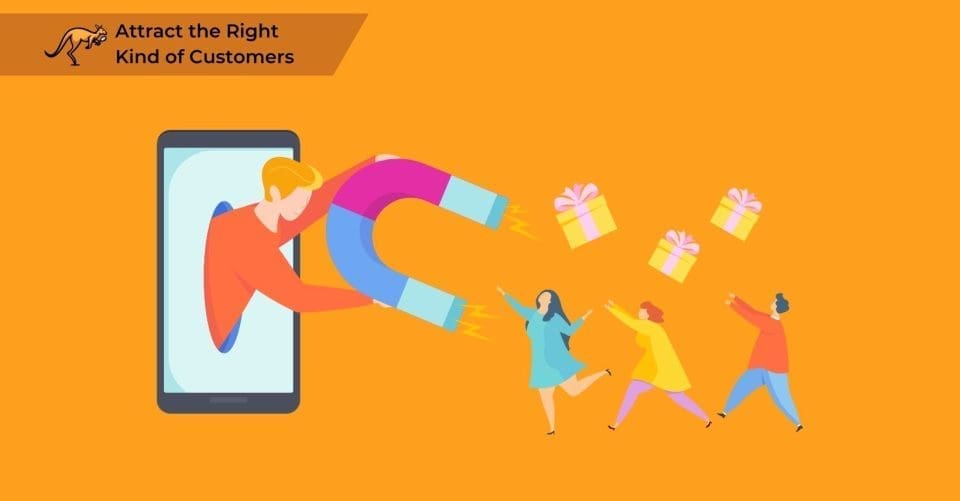
Attracting customers who are ready to buy requires precise keyword targeting in your SEO strategy, creating content that addresses buyer intent, advertising on platforms where your ideal customers spend time, and developing lead magnets that appeal specifically to your target audience’s needs and pain points.
.
The first is to improve your SEO strategy; you must use the right keywords throughout your website to have this picked up by search engines directing traffic to your website.
You should concentrate the keywords on each web page on those related to your products and services. When reviewing the keywords on your web pages and your URLs, you should also ensure they are precise enough.
Keywords that are too general will be just as harmful as keywords that do not relate to your products.
You may need to change your sales copy to make sure that you aren’t using the wrong keywords and your website ranking is effective with your keywords. Let’s say you owned a mortgage business; by incorporating targeted phrases like ‘mortgage leads‘ into our sales copy, we can optimize our website’s visibility and attract the right audience seeking mortgage solutions.
If you need help optimising your sales copy yourself, there are online programs that can assist you.
Also, advertising your products and promoting your business on the right social media platforms is a very effective way to attract customers.
While it can be tempting to put out the same adverts across all social media platforms, there are better marketing strategies than this.
Advertising on the right platform for your products or services minimises the risk of attracting non-buyers. This leads us to the next crucial aspect: make your site trustworthy.
Make Your Site Trustworthy
Recent surveys indicate that over 80% of consumers won’t purchase from a website they don’t trust. Making your website trustworthy to increase conversions requires implementing secure connections (HTTPS), displaying verified customer testimonials, featuring genuine product images, maintaining current shipping information, and providing clear return policies that reduce perceived risk for new customers. Below are ways to make your site trustworthy.
10 Ways to Make Your Website Look More Trustworthy
- Checking spelling and grammar on each page is easy with the correct spelling and grammar program, but one that will make a big difference to your customers.
- Ensure a current design—if your website looks old, customers could assume it is either old and inactive or just a landing page and, therefore, untrustworthy.
- Ensure shipping details are current and clear. Out-of-date shipping information will make your website look dated and uncared for.
- Use a secured connection – using HTTPs rather than HTTP makes your site more secure, and that security will look more trustworthy to visitors.
- Have genuine and verified customer testimonials shown. Dedicate some space on your site to testimonials for new customers to see; however, ensure they are genuine.
- Include a returns policy on your website. Without one, customers will take more risk shopping with you because they cannot return unsuitable items.
- Have a money-back guarantee—Similar to the above, a money-back guarantee will reduce the risk for new customers when shopping with you. It also shows your customers that you trust the products you sell enough to think they will like them.
- Have an active, linked social media account. Customers who can see you active on social media will be more likely to trust your business.
- Do not use stock images – stock images are a reason many customers will not trust your website. If they have seen that image before, or worse, they can see a watermark on it, then customers will know that you have not taken it.
- Ensure you feature reviews on your website. Having reviews and testimonials on your site will go a long way toward showing customers they can trust you. They will see that other customers have shopped with you and found your products reliable and quality.
There are other ways to make your website look more professional and trustworthy; the above is the quickest and most effective we have identified.
We recommend utilising as many strategies as quickly as possible to achieve the best results. This brings us to the importance of displaying customer reviews and testimonials.
Display Customer Reviews and Testimonials
As mentioned above, customer reviews and testimonials can make a big difference to your business, showing your company as more trustworthy and your products as desirable.
It is important to know that the two have a distinct difference. Both are equally important for converting traffic into sales, but paying customers will look at both for different reasons.
Reviews are generally about the products and services available on your website; if you sell clothes, customers will leave reviews of the individual items of clothing they have purchased.
This could include the sizing, colour, fit, quality, etc. This will then be used to show other customers the product and encourage them to buy it.
Testimonials are generally about the company itself; a testimonial would include information about the customer service experience, contact the customer has made with your company, shipping, and any updates received during the order process.
Both are important for any business trying to convert traffic into sales. However, customer testimonials can be more important if a new customer is unsure about shopping with you.
Seeing that others recommend your business will be beneficial when attracting new customers. You can also use testimonials if you follow up on an abandoned shopping cart with an email.
Include short testimonials in the email to encourage users to return to your site and continue shopping. Alternatively, link the email to a custom landing page showcasing testimonials to highlight user experiences. Now, let’s explore how to leverage push notifications.
Leverage Push Notifications
Push notifications increase sales by re-engaging previous visitors with timely, personalized alerts about flash sales, limited-time offers, abandoned cart reminders, and customized content that brings customers back to complete purchases they were previously considering.. When reviewing your business processes, you may have identified that attracting new customers to your website is considerably more expensive.
Attracting more visitors or working to boost conversions does not always have to mean getting new customers for your website visits. Push notifications can be just as effective and significantly cheaper to achieve more conversions.
You can send push notifications to mobile and desktop browsers without asking customers for their email addresses.
The best way to enable push notifications is to make the signup process as simple as possible. Multiple steps are likely to cause customers to abandon the process.
Push notifications can alert customers to offers or flash sales, deliver customised content to returning visitors, and make your audience feel valued. Let’s delve into the 15 steps to convert traffic into leads and sales.
15 Steps to Convert Your Traffic into Leads and Sales
Below are 15 ways to drive sales by offering your potential buyer the best possible experience on your site. If a customer leaves, you lose the money you could have earned, so converting traffic into sales with the most value for money is the best option.
There are multiple ways to increase purchases and generate more revenue, whether through a compelling offer or a unique selling proposition. We have highlighted some of the most effective methods, though many others can also be utilised. This brings us to what makes you better than competitors.
What Makes You Better Than Competitors?
Do not be afraid to show your best offers when designing your landing pages; if you do not have the technical skills to make this effective, this may be something you hire someone to do.
The average customer visits at least three websites when purchasing a new product or looking for a new brand.
Considering the law of averages, your site will not be the first they access each time. Therefore, you have an excellent opportunity to sell your company and show that you are better than the other sites they have viewed that day.
Whether you offer a better deal, a lower price in exchange for a subscription, or any other offer, make it known quickly.
You will retain visitors based on what they see when they first access your site. Even if you have attracted the wrong traffic, with the right deal, you may still get a sale.
If visitors must scroll through several web pages to find your best offers, they are likely to leave for a competitor before discovering them. Keep your website design simple to retain users and improve engagement.
Keep Your Website Design Simple
Your site needs not be complicated to be effective; the opposite could be true.
If your website design is cluttered and difficult to navigate, you could find that customers navigate away rather than stay to browse.
Keeping your customers engaged with your site is the first step to converting traffic into sales. If your landing pages make customers close their browsers, you will not profit from that visit.
Simple site design does not mean it has to be bland; you can create an elegant design without it becoming too busy.
If unsure about the design, explore websites selling similar products to identify the most attractive options. This helps refine your preferences and ensure your design appeals to customers. Now, let’s delve into the importance of taking reviews seriously.
Take Reviews Seriously
Reviews are a really important part of most shoppers’ decision-making process. If a product has a high volume of positive, they are much more likely to purchase it.
It only takes a couple of negative reviews to completely turn away a customer, especially if they are new to your site.
So, it is important to look at the reviews you receive to eliminate any issues arising from the products sold.
Similarly, if you need more customers leaving reviews directly on your site, it might be time to import the ones left elsewhere online.
You can import reviews from your Google My Business page, and you do not need coding experience.
You can install plugins from the WordPress website to help gather genuine and verified reviews, increasing your likelihood of boosting sales. Next, check your website’s analytics to see where your visitors are coming from.
Check your Website’s Analytics to See Where your Visitors are Coming From
Knowing where your customers are coming from will enable you to focus your marketing better.
You may advertise across multiple channels but only receive conversions from one source; concentrate your marketing and conversion techniques on the channels you need to convert into business.
Similarly, if your traffic comes from a typical site, you can use lead magnets to encourage customers to buy.
Lead magnets effectively encourage customer purchases, such as offering a product for mailing list sign-ups or a free product with the first order. This naturally brings us to the next topic: optimise your sales funnel.
Optimise Your Sales Funnel
Optimizing your sales funnel to convert more traffic requires setting up conversion goal tracking in Google Analytics, creating custom landing pages for each offer, performing split testing on design elements, and ensuring that your CTA buttons are prominently displayed and easily clickable throughout the customer journey.
We also recommend that you perform split testing on the options for your site design to see which gives you the most conversions.
Finally, ensure that your CTA (call-to-action) buttons are noticeable and easy to click.
We recommend studying sales funnels before making site changes to understand them better. This knowledge is important as you optimise your site. Now, let’s discuss why you should stop directing visitors to your homepage.
Stop Directing Visitors to Your Homepage
Directing customers to your homepage can often be counterintuitive if they click on a exact advert. Following an organic search for a company like yours, landing on the homepage is not an issue.
However, suppose a customer clicks a link on social media for a detailed item and lands on a homepage. In that case, they may wish to avoid spending additional time searching for the product they are interested in.
Linking each advert directly to the relevant product is the best way to increase conversions. Ensuring seamless navigation from ads to products enhances user experience and boosts sales. Now, let’s discuss how to avoid losing conversions on your mobile website.
Don’t Lose Conversions on Mobile Website
Optimizing your mobile website prevents conversion losses by ensuring responsive design that adapts to all screen sizes, implementing touch-friendly navigation elements, reducing load times, simplifying checkout processes, and using exit-intent popups specifically designed for mobile users who are about to leave without purchasing..
You can use exit intent popups to understand why mobile customers are leaving without making a purchase. A short survey can help analyse their intentions and improve user experience. Now, let’s explore how to segment your audience.
Segment Your Audience
Not all of your visitors will have the same needs or interests; single offers for all customers can be one of the main pain points when trying to give offers to customers, which is why we recommend segmenting your audience.
This means using a segmentation engine that analyses your customers’ details to provide them with relevant information. This would be a new customer offer that does not show for returning customers.
Make Your CTA Buttons Shine and Be Strategic with Your CTA Placement
Before placing any CTA buttons on your site, it is important to ensure you place the correct ones.
You must establish the most important thing you want your customers to do while on your site.
If this is to sign up for push notifications or a mailing list, then this is what you would feature. If it is more necessary that they contact you for more information, this would be your most prominent CTA button.
CTA buttons maximize conversions when they stand out visually through contrasting colors, are strategically placed above the fold and at natural decision points throughout the page, use action-oriented language, and appear at the conclusion of persuasive content that has built desire for your product or service..
Review each page carefully to determine the best placement for a CTA button. Proper placement is crucial for maximising engagement and conversions. Now, let’s explore how to write better sales copies.
Write Better Sales Copies
Convincing sales copy is an important part of selling your products and services. If you are not marketing the items well, you will not encourage customers to buy from you.
If you are unsure how to approach your sales copy, we recommend examining the marketing of products that catch your interest.
The basics of improving your sales copy include personalisation and writing as if speaking to someone you know rather than in a clinical way.
Review your copy to ensure it encourages customers to buy from you. Highlight the benefits of your products and offers rather than focusing on specifications. Emphasise how your solutions meet their needs, solve their problems, and enhance their experience. This leads us to the next topic how to provide answers ASAP.
Provide Answers ASAP
A live chat function on your site, allowing customers to ask questions and receive an immediate answer about a product, will help keep them engaged in buying from you.
If a customer is unsure about a product and has to wait 3-5 days for an email response, they are unlikely to return to your site to make a purchase. This highlights the need for timely and engaging interactions with visitors. One effective way to enhance engagement is to gamify your visitors’ experience.
Gamify Your Visitors’ Experience
Adding a game element to your customer’s shopping experience can help keep them engaged.
When a customer lands on your site, a wheel spin pop-up pop-up with different offers is an excellent way to boost conversions.
Adding a game to your site can be simple and cost-effective. With readily available templates, you don’t need advanced technical skills to integrate a game into any page. This seamless addition enhances user engagement and site interaction. Product recommendation is a must.
Product Recommendation Is a Must
You can use tools to automate your site and show customers other products that interest them based on their browsing history.
You can also show your bestselling products, products bought at the same time, or products selected at random.
A recommendation tool effectively increases store purchases, benefiting from an algorithm that updates offers as needed. Now, let’s explore how falling gifts games work.
How Do Falling Gifts Games Work?
A falling gifts game is another easy way to engage your customers. A pop-up shows within a few seconds of your customer navigating to a page, or you can set a custom trigger event for the pop-up show.
On the pop-up, you will see a request for an email address with gift boxes in the background. The email address will be used to send the offer once it is won, but it also allows you to gather contact info for new and returning customers.
Once customers enter their email addresses, they can select a gift box up to five times, typically winning a coupon code for a discount in your store. Now, let’s explore how to track your conversion.
Track Your Conversion
Google Analytics serves as an excellent tool for conversion tracking, while segmentation engines, recommendation algorithms, push notification systems, and exit intent popups provide additional capabilities to convert website traffic into sales. Google Analytics also has a brilliant tutorial that provides more information and advice on making conversions..
Tracking website conversion performance requires setting up goal tracking in Google Analytics, monitoring key metrics such as conversion rate, bounce rate, and average order value, analyzing user flow reports to identify drop-off points, and implementing heat mapping tools that reveal how visitors interact with your pages before converting or abandoning.
You can make the necessary changes to increase your business revenue from there. Understanding your traffic-to-lead ratio is important for this process. Now, let’s explore what constitutes a good traffic-to-lead ratio.
What is Good Traffic to Lead Ratio?
A good traffic-to-lead ratio means generating leads from every website visitor. It is ideal to achieve multiple leads per visit. As highlighted above, your business can reach the best possible ratio by optimising your content. This brings us to the conclusive insights on optimising traffic for sales.
Conclusive Insights on Optimising Traffic for Sales
Increasing website traffic and converting that traffic into sales are essential components for the success of any online business. You can significantly improve your conversion rates by understanding the importance of optimising various aspects of your website, from SEO strategies and compelling sales copy to user-friendly design and effective CTAs. Implementing techniques such as segmenting your audience, leveraging push notifications, and gamifying user experiences can further enhance engagement and drive sales. Continuously monitor and analyse your traffic and conversion data to make informed adjustments, ensuring your marketing efforts align with your business goals. Remember, a good traffic-to-lead ratio is key to sustained growth, and optimising your website for conversions will help you achieve this balance, eventually boosting your revenue and ensuring long-term success.
